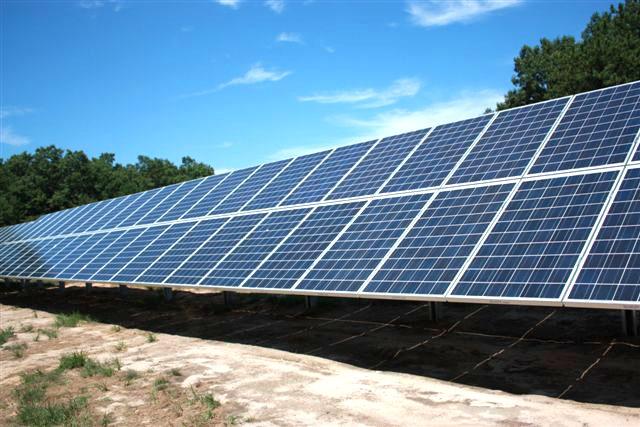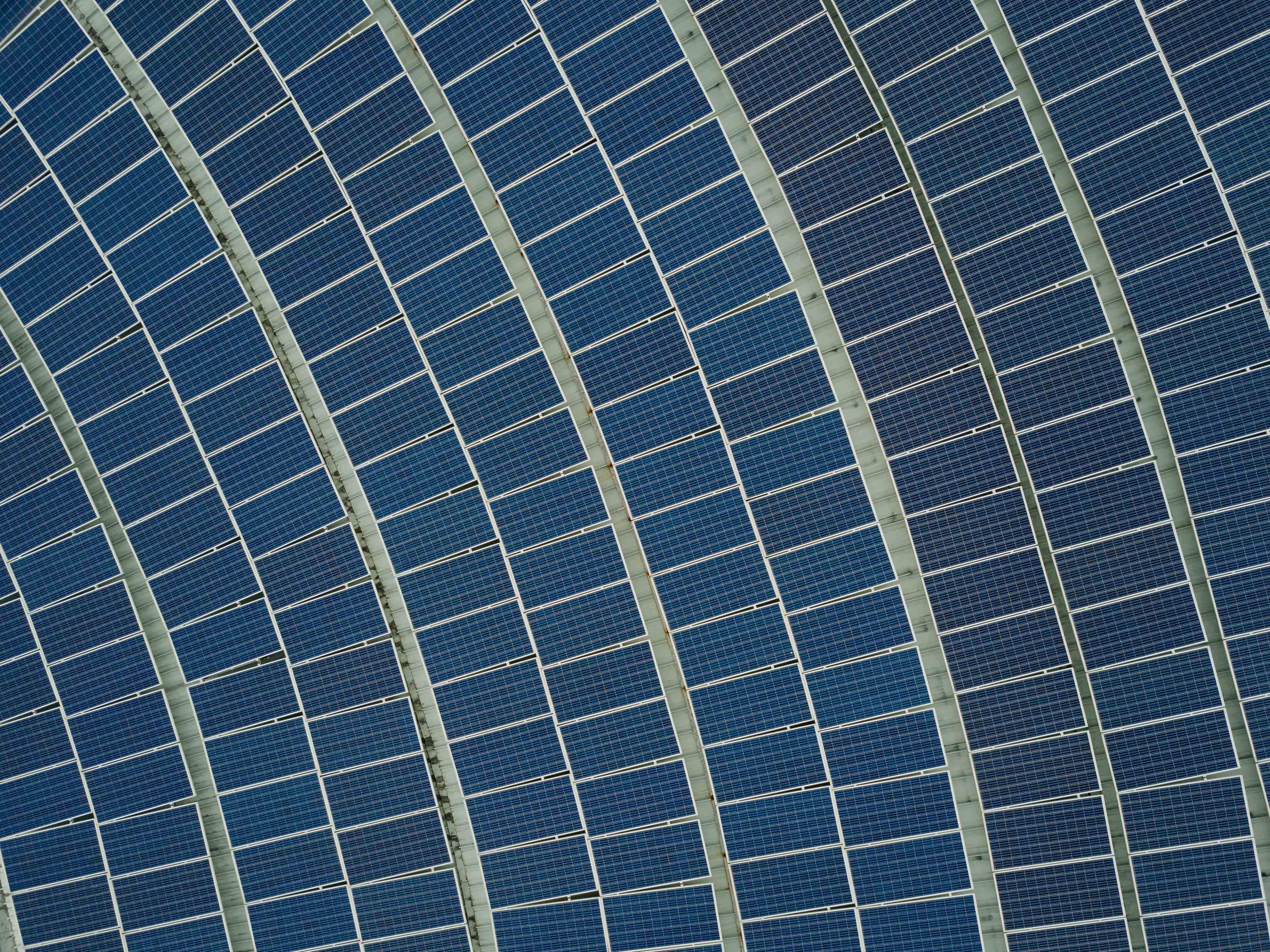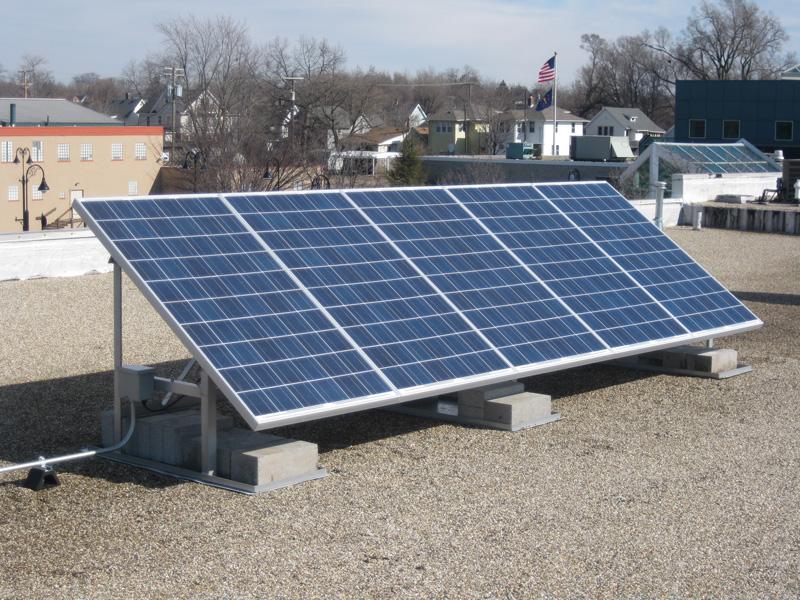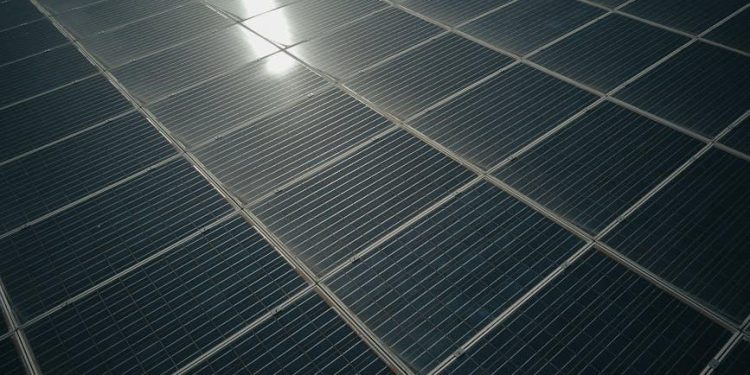In an era where sustainability and renewable energy have taken center stage, homeowners are increasingly turning their gaze skyward—or, perhaps more accurately, to their lawns and gardens. Ground-mounted solar panels have emerged as a compelling alternative to their rooftop counterparts, offering unique advantages and challenges that warrant closer examination. As we delve into the heart of this solar conundrum, we explore whether these terrestrial energy harvesters are the ideal choice for homeowners seeking to harness the power of the sun. By navigating the intricate landscape of efficiency, aesthetics, and practicality, this article aims to shed light on whether ground-mounted solar panels truly hold the key to a greener, more sustainable future for households.
Exploring the Benefits of Ground-Mounted Solar Panels for Homeowners
For homeowners contemplating solar energy, ground-mounted panels present a host of unique advantages. Unlike their rooftop counterparts, these systems offer unparalleled flexibility in positioning, allowing optimal orientation and tilt to capture the maximum amount of sunlight throughout the year. This is particularly beneficial for properties with ample open space, where panels can be strategically placed to avoid shading and obstructions. Additionally, ground-mounted systems are easier to maintain and clean, as they are readily accessible without the need for special equipment or safety precautions required for rooftop installations.
Moreover, ground-mounted solar panels do not impose structural stress on your home, which is a significant consideration for older buildings or those with weaker roofs. Homeowners also have the option to utilize dual-use or agrovoltaic systems, which combine solar energy generation with agricultural activities. This approach not only enhances the land’s productivity but also offers an innovative way to integrate sustainability into everyday life. Here are some of the key benefits:
- Optimized Performance: Panels can be positioned for maximum solar exposure.
- Ease of Maintenance: Ground access simplifies upkeep and repairs.
- Structural Integrity: No additional load on the home’s roof.
- Dual Land Use: Possibility to combine with agricultural activities.
Evaluating Installation and Maintenance Considerations
When considering the practicality of ground-mounted solar panels, it’s essential to weigh both installation and maintenance factors. Installation of ground-mounted systems typically requires more space than rooftop installations, but they offer greater flexibility in terms of placement. Homeowners can optimize their orientation and tilt for maximum sunlight exposure, potentially enhancing energy efficiency. Furthermore, the installation process is often less intrusive, as it doesn’t involve working on the roof, which can be a significant advantage if your roof is not easily accessible or structurally sound.
On the maintenance front, ground-mounted panels are generally easier to clean and repair. Accessibility is a key advantage, allowing homeowners or technicians to perform routine checks without the need for special equipment or safety precautions associated with roof work. However, it’s important to consider that these systems may require protection from potential ground-level hazards, such as wildlife or debris. Homeowners should also be aware of potential zoning laws and neighborhood regulations, which could affect both the installation and upkeep of their solar panels. Ultimately, evaluating these considerations can help homeowners make an informed decision that aligns with their energy needs and property characteristics.

Maximizing Energy Efficiency and Space Utilization
When considering solar energy solutions, ground-mounted solar panels present a unique opportunity for maximizing both energy efficiency and space utilization. Unlike their rooftop counterparts, ground-mounted systems can be strategically positioned to capture the optimal amount of sunlight throughout the day, enhancing overall energy production. This flexibility in placement ensures that homeowners can harness the full potential of solar technology, even if their roofs are shaded or not ideally oriented.
Moreover, ground-mounted panels allow for innovative landscaping opportunities, turning unused land into a productive energy source. Homeowners can maintain aesthetic appeal while benefiting from sustainable energy, as these systems can be integrated with gardens or open spaces. Consider the following advantages:
- Adjustable Tilt and Orientation: Panels can be adjusted seasonally for maximum efficiency.
- Easy Maintenance: Accessible placement simplifies cleaning and repairs.
- Expansion Potential: Easily add more panels as energy needs grow.
By leveraging the versatility of ground-mounted solar panels, homeowners can efficiently use available space while contributing to a greener future.

Key Factors in Choosing the Right Solar Panel System
When evaluating solar panel systems, several essential aspects should guide homeowners towards the optimal choice. Efficiency is paramount; understanding how effectively a panel converts sunlight into electricity is crucial for determining energy output and cost-effectiveness. Another significant factor is the space availability—ground-mounted systems often require more room than roof-mounted ones, which could be a consideration for those with limited yard space. The orientation and angle of the panels also play a vital role in maximizing sunlight exposure, which can be more easily adjusted with ground installations.
Homeowners should also consider the installation and maintenance costs associated with each type of system. Ground-mounted panels might entail higher upfront expenses due to additional structural requirements, but they can offer easier access for cleaning and repairs. Furthermore, the local climate and environment should not be overlooked; areas prone to heavy snowfall or debris might benefit from the flexibility and adaptability of ground setups. assessing the aesthetic impact on property appearance can influence the decision, as some may prefer the unobtrusive nature of roof panels over potentially conspicuous ground arrays.
Concluding Remarks
In the ever-evolving landscape of renewable energy, the choice between ground-mounted solar panels and their rooftop counterparts remains a pivotal decision for homeowners. While each option presents its own set of advantages and challenges, the decision ultimately hinges on individual circumstances and priorities. Ground-mounted systems offer flexibility and efficiency, often maximizing energy output with optimal positioning and ease of maintenance. However, they require ample space and careful consideration of land use. As homeowners embark on their journey toward sustainability, it’s crucial to weigh these factors against personal goals and environmental commitments. By doing so, they can illuminate their path to energy independence, contributing to a greener tomorrow—one solar panel at a time.

































